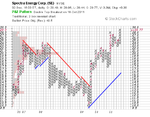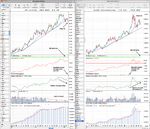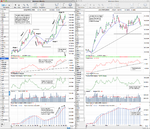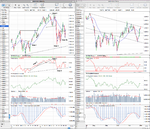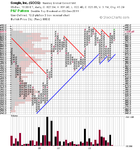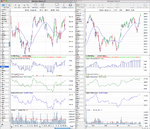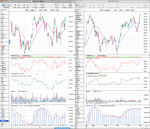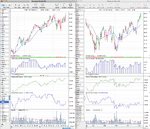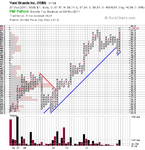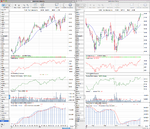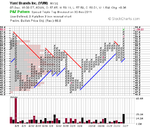Thanks for your reply on currency, isa.
Thanks for video too - tech always takes more time and effort than you expect!
I study gold just simply on the basis of what I leant from the book and from Alan Saunders, who has studied Weinstein for years.
ShareHunter
Weekly I think gold is going sideways, a bit like the stockmarket. http://stockcharts.com/h-sc/ui?s=$GOLD&p=W&yr=3&mn=0&dy=0&id=p91201552877
As I understand it, if you rode the stage 2, then you hold till the break down of stage 3, which would be 1612 or 1535, according to how you view emotional tails. You are holding in the possibility of a continuation up, i.e. on a break of 1900 or 1923, according to how you view emotional wicks.
Daily it looks even less clear, so I can't see the Weinstein interpretation except to leave it alone. Shorter-term traders would be looking at the triangle, and it could go either way. http://stockcharts.com/h-sc/ui?s=$GOLD&p=D&yr=0&mn=6&dy=0&id=p79751426216
What I would "expect", though I would not put money on it until the moves have started, is a break down move out of the triangle on the daily and then an up move on the weekly.

